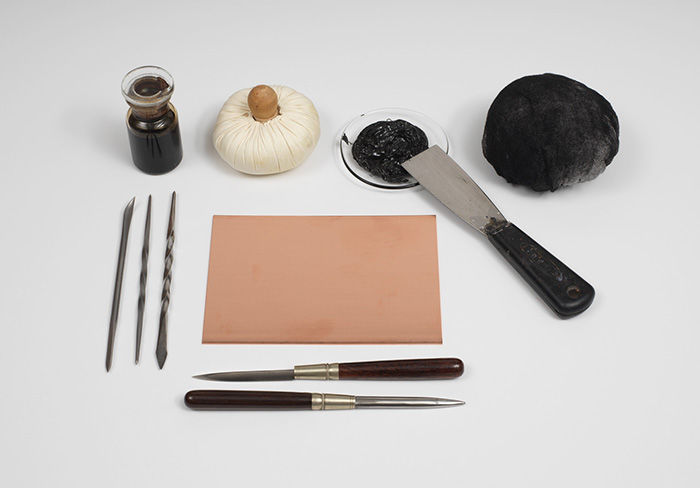Boyle's Farm
Sir Francis Seymour Haden British
Not on view
Seymour Haden was the unlikely combination of a surgeon and an etcher. Although he pursued a very successful medical career, he is mostly remembered for his etched work as well as for his writings on etching. He was one of a group of artists, including James McNeill Whistler (1834–1903) and Alphonse Legros (1837–1911), whose passionate interest in the medium led to the so-called etching revival, a period that lasted well into the twentieth century. The extolling of etching for its inherent spontaneous qualities reached its pinnacle during this time. While the line of the etching needle, Haden wrote, was "free, expressive, full of vivacity," that of the burin was "cold, constrained, uninteresting," and "without identity."
View of a shoreline at right; trees in background; trees reflected in water.
"Trial Proof: (a) Only one impression. In an attempt to re-bite this plate the acid got through the ground and spoiled the greater part of it. A portion to the left was cut from it and forms No. 77."
[Source: Harrington, p. 39 ]
"The plate was divided after printing to produce: 'Evening' (No. 71A). There are no extant impressions from the right portion of the plate. The composition may be based on the wash and charcoal drawing 'On the Test at Longparish' at CI, though it must be remembered that Haden often worked in this vicinity. 'The Towering Path' (No. 72) repeats the composition of the intact plate."
[Source: Schneiderman, p. 175]

